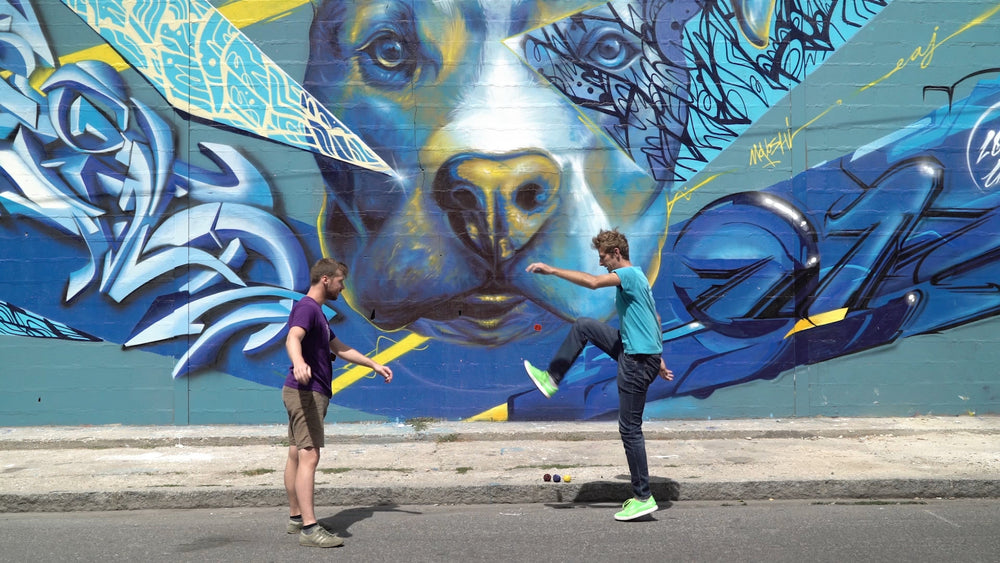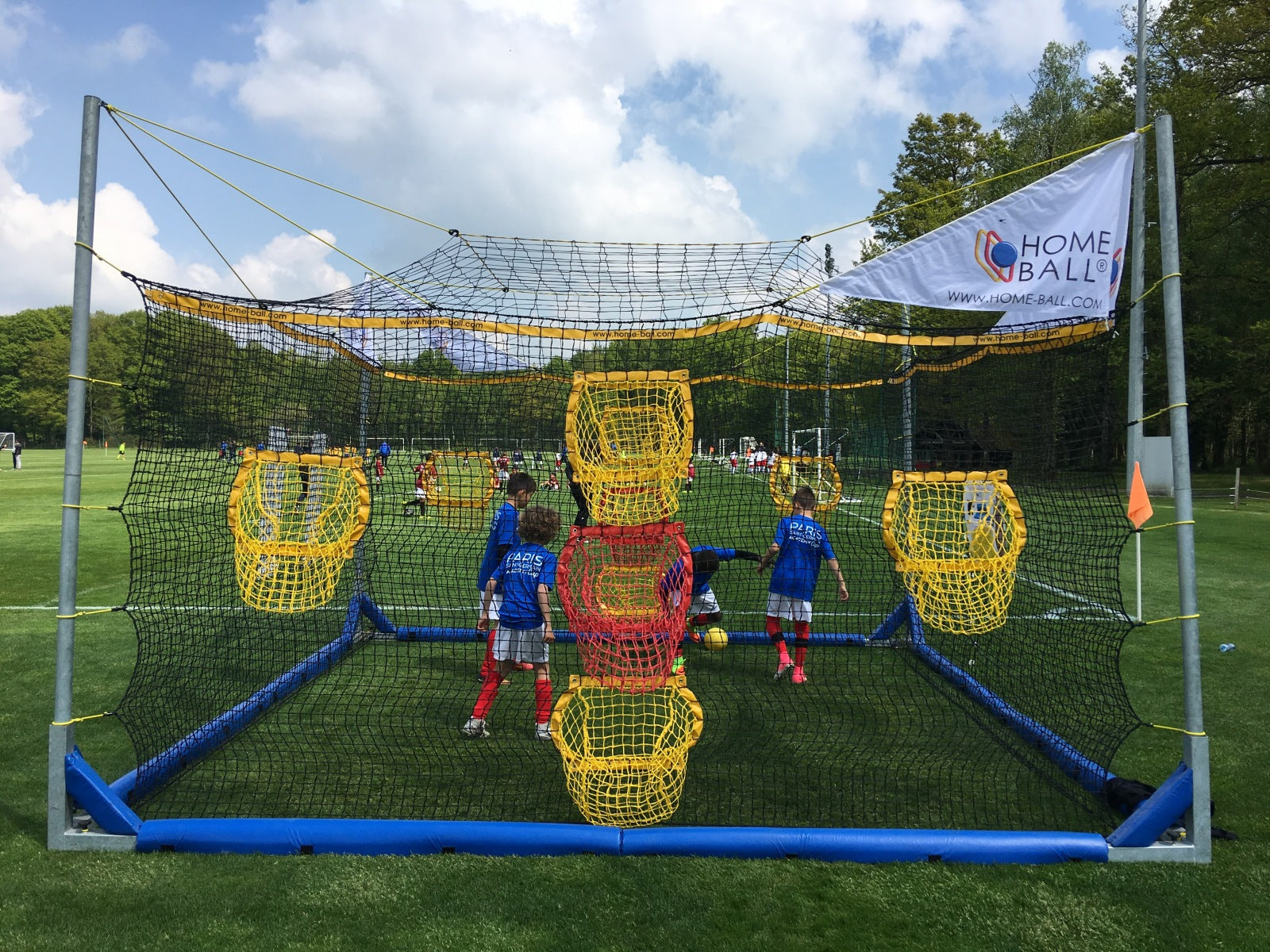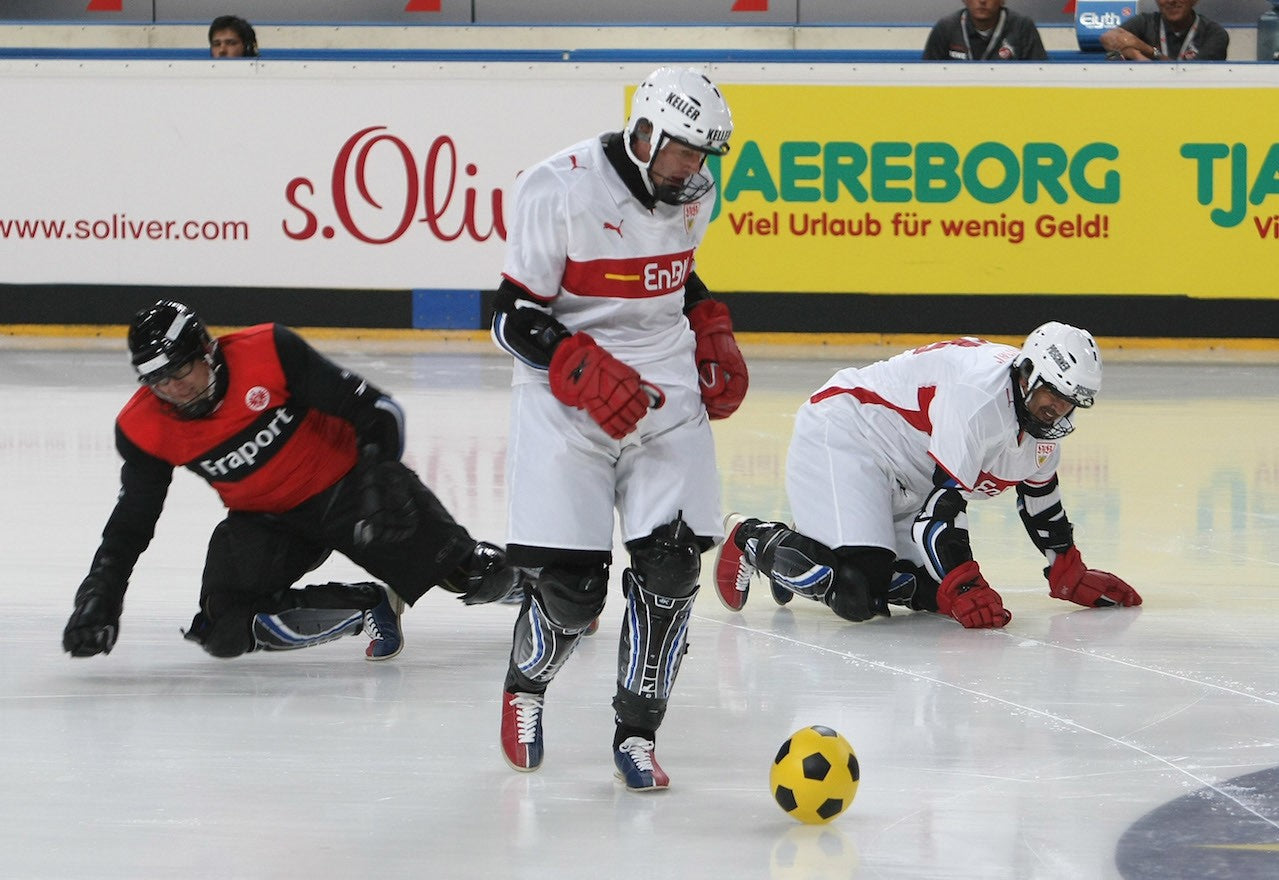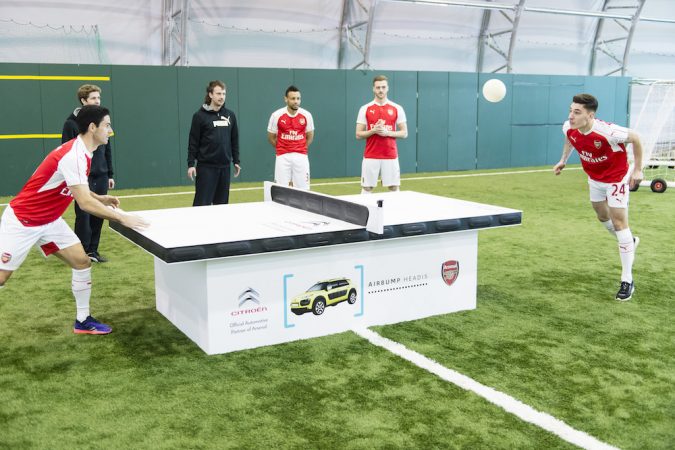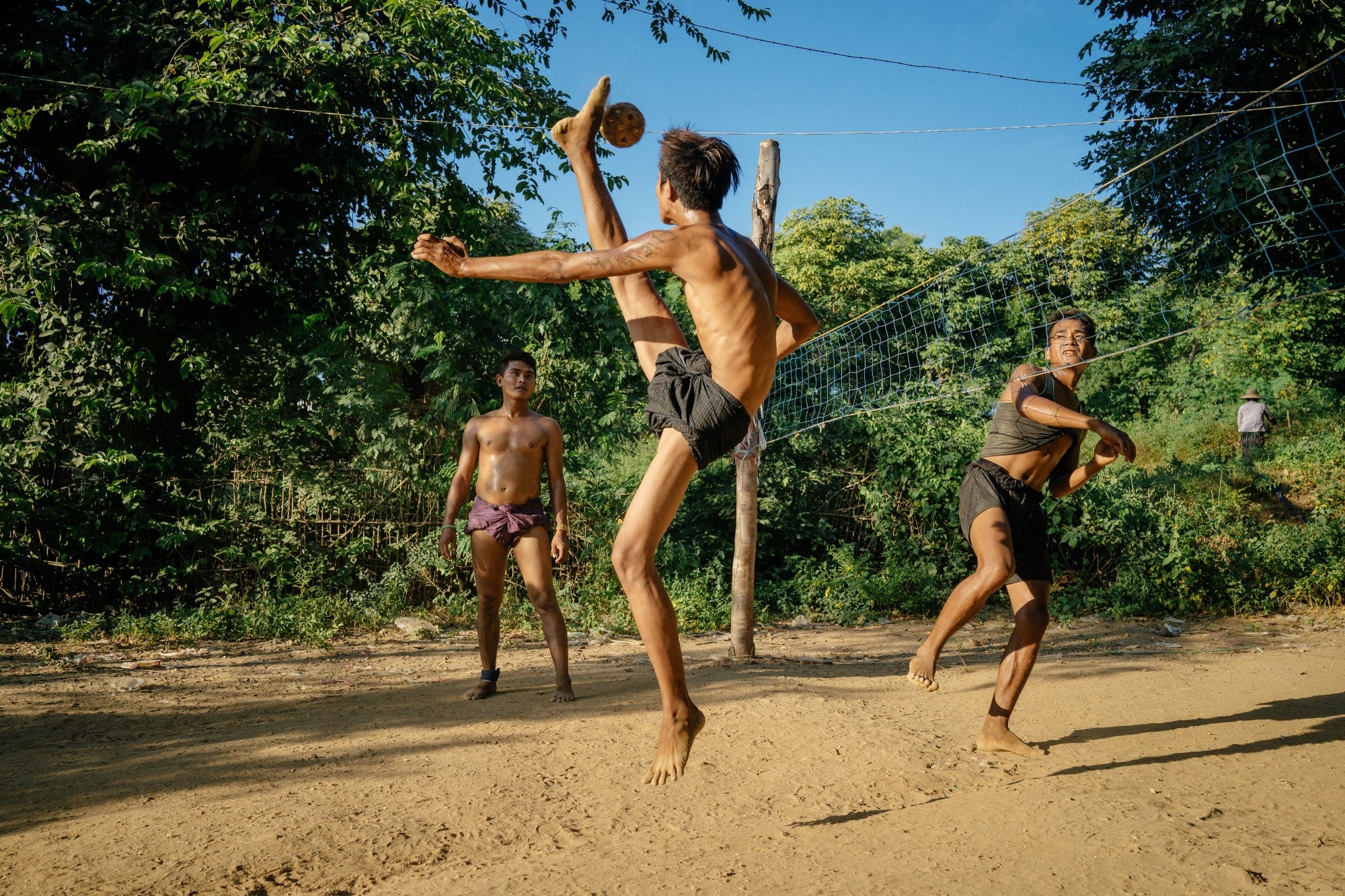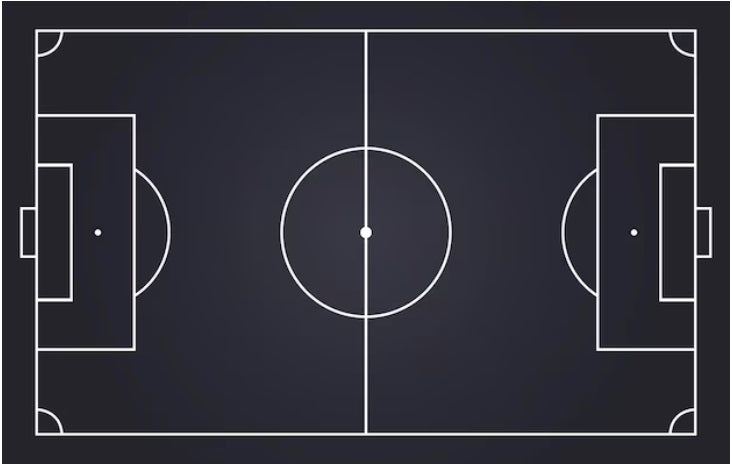Ball control in football, our practical advice
In football, knowing how to control a moving ball is essential, whatever position you play.
Indeed, this technical gesture can make it possible to immobilize the ball, defend, direct or even speed up the game.
Interior or exterior control, cushioning , oriented control ,... each player has several options to adapt to all situations.
And to master the technique, it is essential to train with a lot of application, concentration and repeat different exercises.
It is for this reason that we decided to devote an entire article to ball control .
By reading the following, you will discover:
-
Why the first contact is important when receiving the ball on the ground or in flight,
-
What are the steps to consider to improve all your ball controls,
- Three practical exercises to train and better control the moving ball .
What is the goal of good contact ball control?
In football, knowing how to control the ball means becoming master of it!
Moreover, this essential technical gesture can allow you to carry out very different actions:
- cushion the impact of the ball,
- put it under your control and protect it from opposing players,
- restart the game in a new offensive or defensive direction.
If you are not able to control the ball every time someone passes you, then it is very likely that you will lose possession of the ball for your team.
Worse still, by poorly controlling the ball, you could endanger your goal or destroy the offensive impact of your attackers.
Having a good touch on the ball and making the right decisions are therefore vital for you and your teammates!
What are the basics of good ball control?
Like passing, ball control is the foundation of football.
To improve, we suggest you read our mental checklist of the 4 steps to keep in mind when receiving a moving ball.
1. Read the game and take information:
Whether you are being passed on the ground or in the air, your eyes must analyze two things:
- The course of the ball: its trajectory, its height, its speed, the effect given to it.
- The position of your teammates and opponents.
We therefore advise you to first appreciate the departure of the ball and take a look around you while remaining a little moving.
For example, you can stick out one arm to sense where your opponent is and hold them away if necessary, as this can be helpful when maneuvering the ball.
2. Adjust your position:
We advise you to position yourself well by anticipating where the ball will land.
To do this, your supports must be short and dynamic to allow you to move forward or backward.
As you approach the ball, you must bend your legs while keeping your torso straight so that the weight of your body is perfectly balanced.
By adjusting your position in this way, you will gain flexibility, which will allow you to follow the ball and then feint or change direction.
3. Decide which part of the body should come into contact:
When you are about to touch the ball, your first contact must bring it into a space that allows you to pass it to another teammate or on the contrary to continue alone with the ball.
And for this, we must evaluate the best part of the body to control the ball .
Is it the top of the foot, the inside or the outside?
Your choice therefore depends on the information you have taken before and the continuation of the action.
For example, if you have just made a long, powerful pass, then you will need to favor the top of the foot to cushion the ball ideally.
As another example, if you are in direct opposition to your opponent, and you feel the need to defend the ball, then the inside of the foot will be the safest option.
On the other hand, if you think you are capable of overtaking your opponent, then control oriented with the outside of the foot could make the difference!
4. Balance your control well
The last thing to consider will be the intensity of your control .
Do you want to cushion the ball to regain control?
Or do you want to pass it forward immediately?
For cushioning , the perfect movement is to place the ball on the top of the foot and draw it back slightly.
This movement helps absorb the speed of the ball and mitigate its impact to avoid a bad bounce.
Timing is everything and you need focus and experience to master it correctly.
On the other hand, if you want to accelerate when controlling, then you will have to use the outside of your foot to reduce the rebound surface, and benefit from better support for your race.
Unfortunately, these technical gestures are quite difficult and when you start, your first controls may be clumsy.
For example, instead of cushioning the ball, it will bounce forward, and your oriented controls will not necessarily go in the right direction...
Even professional players encounter this type of problem, so don't be discouraged!
By training regularly, you will be able to perform the right gesture like a pro…
Moreover, to help you progress, we suggest you discover some training exercises on ball control .
Three training exercises to improve control
Do you want to perfectly master ball blocking, cushioning and oriented controls?
So discover three exercises that allow you to work on controls with all sides of the foot.
To practice, only a ball and four blocks are needed.
First exercise: cushioning.
Our first exercise is simply to cushion the ball as it lands.
We will therefore carry out a check called “coat rack”.
To succeed, you will need to be as relaxed as possible and have your foot slightly off the ground.
This type of control is very useful in a match when you receive the ball and want to keep it.
The process of this training is very simple:
The player places himself in the center of a square formed by 4 blocks.
Then he juggles the ball and sends it several meters into the air.
You must control the power and trajectory of the ball so that it does not leave the area delimited by the cones.
When the ball comes down, the player stops it by cushioning it.
Series of 5 to 10 minutes are sufficient and we advise you to work one foot then the other.
Second exercise: oriented control.
This training consists of learning to control the ball , then turning around with a touch of the ball to avoid a direct opponent and then gaining speed.
To do this, the player places himself in the center of a square formed by 4 blocks.
Then he bounces the ball off a wall a few meters away.
Following the rebound, the ball returns to the player, who must then control it and rotate 180° to return the ball to his foot.
In this exercise, several points are important such as:
- taking information about the trajectory of the ball
- orienting your body before receiving it
- the ability to bring the ball in the desired direction
You can control the ball in different ways, whether with the inside or outside of the foot .
We recommend doing a series of 5 to 10 minutes with breaks when you feel the need.
Third exercise: work on the technical accuracy of the control.
This is how this exercise works:
In a square of four cups or blocks, the player juggles.
Then he must send the ball into the air, touch one of the cups with his foot, and juggle the ball again.
This exercise is complete and allows you to work on reactivity, technical accuracy as well as controls.
In fact, it is forbidden to leave the square, so you will have to combine the fact of being reactive with the fact of being released and relaxed when controlling the ball.
Here again, we advise you to work for a minimum of five minutes.
Ball control in football, what to remember…
You understand: improving your controls allows you to have better control of the ball and then hit, pass or dribble.
Here, we have given you lots of advice and explained three exercises, which allow you to work on cushioning , flat foot controls, and oriented controls.




